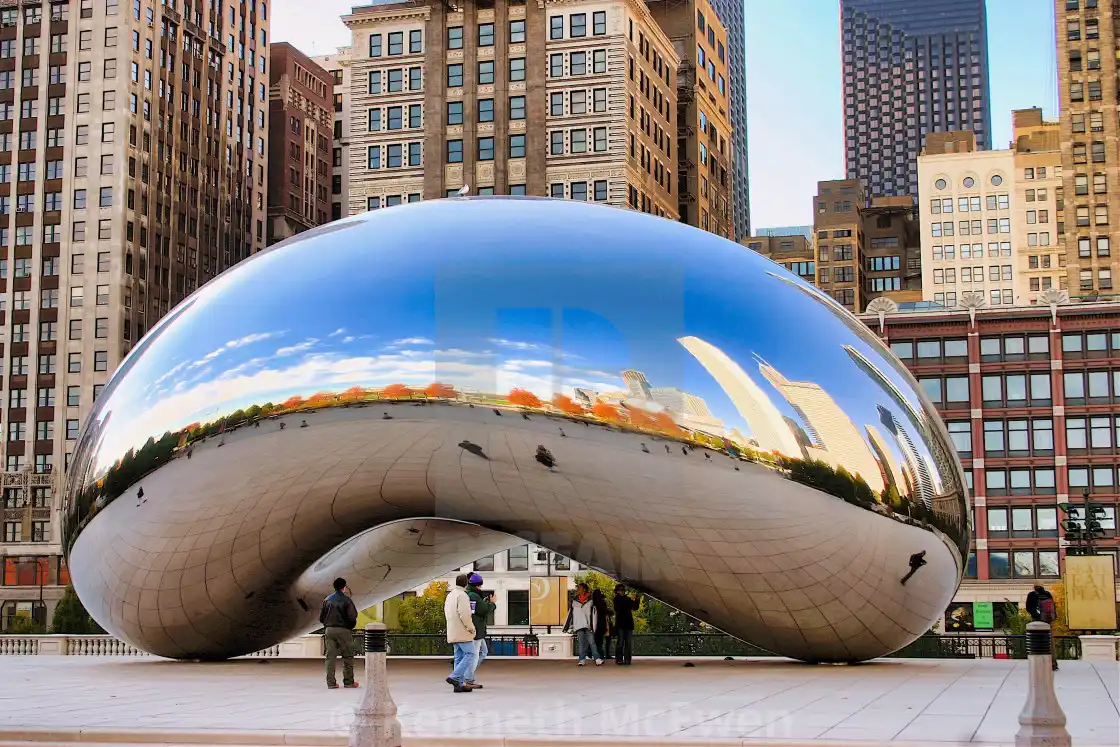Purana Qila, also known as Old Fort, is a majestic structure located in the heart of New Delhi. This historical monument has witnessed the rise and fall of several empires and has played a significant role in shaping India’s history. This article takes you on a journey to explore the rich history and architecture of Purana Qila.
Introduction
- Brief history of Purana Qila
- Importance of Purana Qila in Indian history
- Significance of the fort’s architecture
History of Purana Qila
- Construction of the fort during the Mughal period
- Significance of Purana Qila during the reign of Sher Shah Suri
- Purana Qila’s role in the Indian Rebellion of 1857
Architecture of Purana Qila
- Overview of the fort’s architectural features
- The impressive gates and walls of Purana Qila
- The fascinating Baoli (stepwell) of the fort
- The Qila-i-Kuhna Mosque and its significance
- The Sher Mandal, a unique octagonal tower
Museum at Purana Qila
- Overview of the Archaeological Museum at Purana Qila
- The collection of artifacts and exhibits on display
- The significance of the museum in preserving India’s cultural heritage
Experiences at Purana Qila
- Sound and light show at Purana Qila
- Exploring the fort’s beautiful gardens and park
- Boating at the lake adjoining Purana Qila
How to Reach Purana Qila
- Directions and transportation options
- Best time to visit Purana Qila
Conclusion
- Recap of Purana Qila’s rich history and architecture
- The importance of preserving historical monuments like Purana Qila
- The need for more efforts to promote tourism and education around such sites
FAQs
- When was Purana Qila constructed?
- What is the significance of Purana Qila in Indian history?
- What are the architectural features of Purana Qila?
- What is the Archaeological Museum at Purana Qila?
- What are some experiences to enjoy at Purana Qila?
Purana Qila is a historical monument that holds great significance in India’s history. It was built during the Mughal period and has since witnessed several rulers and empires come and go. Today, it stands as a testament to India’s rich cultural heritage and architectural excellence.
History of Purana Qila
Purana Qila was constructed by the Mughal emperor Humayun in the 16th century. However, it was later renovated and expanded by Sher Shah Suri, a ruler who briefly overthrew the Mughals. Under Sher Shah’s reign, Purana Qila became an important center of governance and trade.
During the Indian Rebellion of 1857, Purana Qila was used as a stronghold by the rebel forces. However, they were eventually defeated by the British, who went on to use the fort as a military base.
Architecture of Purana Qila
Purana Qila boasts an impressive array of architectural features that reflect the various influences it has experienced over the centuries. The fort’s walls are made of red sandstone and rise to a height of 18 meters. It has three impressive gates – the Humayun Darwaza, Talaqi Darwaza, and Bara Darwaza – each of which has its unique style and significance.
The Baoli or stepwell of Purana Qila is also a fascinating architectural feature. This ancient water storage system was used to harvest rainwater and provided water for the fort’s inhabitants during the dry season. The Baoli has a stepped structure and is believed to be over 500 years old.
Another significant architectural feature of Purana Qila is the Qila-i-Kuhna Mosque, which is located within the fort’s premises. The mosque was built by Sher Shah Suri and features a beautiful blend of Islamic and Hindu architectural styles. The mosque’s central dome is made of white marble and has intricate calligraphy and carvings.
The Sher Mandal is a unique octagonal tower located within the fort’s premises. It was built by the Mughal emperor Babur as a library and later used by Humayun as a personal observatory. The Sher Mandal has a beautiful rooftop terrace that offers a panoramic view of the fort and its surroundings.
Museum at Purana Qila
The Archaeological Museum at Purana Qila is a must-visit destination for history enthusiasts. The museum showcases a rich collection of artifacts and exhibits that offer insights into India’s rich cultural heritage. Some of the notable exhibits include ancient coins, pottery, and sculptures from the Mauryan, Gupta, and Mughal periods.
The museum also has an impressive collection of rare manuscripts, including the Quran, Bhagavad Gita, and the Ramayana. Visitors can also see the famous Ashoka Pillar at the museum, which is believed to be over 2000 years old.
Experiences at Purana Qila
Apart from its historical and architectural significance, Purana Qila offers a host of experiences for visitors. The fort’s beautiful gardens and park are perfect for a leisurely stroll or a picnic with friends and family. The lake adjoining Purana Qila is a popular spot for boating and offers stunning views of the fort and its surroundings.
One of the highlights of visiting Purana Qila is the Sound and Light show that takes place every evening. The show uses state-of-the-art technology to showcase the fort’s history and takes visitors on a journey through time.
How to Reach Purana Qila
Purana Qila is located in the heart of New Delhi and is easily accessible by public transportation. Visitors can take the metro to Pragati Maidan station, which is the closest metro station to Purana Qila. From there, it’s a short walk to the fort’s entrance.
Conclusion
Purana Qila is a historical treasure that showcases India’s rich cultural heritage and architectural excellence. It has played a significant role in shaping India’s history and continues to attract visitors from all over the world. The fort’s impressive architectural features, museum, and experiences make it a must-visit destination for anyone interested in history and culture.
Efforts to preserve and promote historical monuments like Purana Qila are crucial for preserving India’s cultural heritage for future generations. More initiatives to promote tourism and education around such sites are needed to ensure that these treasures continue to be appreciated and celebrated.
FAQs
- When was Purana Qila constructed? A: Purana Qila was constructed in the mid-16th century, although some parts of the fort are believed to date back to the 3rd century BC.
- What is the significance of Purana Qila in Indian history? A: Purana Qila has played an important role in Indian history, having been the site of many significant events and battles over the centuries. It was also an important center of governance during the Mughal era.
- What are the architectural features of Purana Qila? A: Purana Qila boasts an impressive array of architectural features, including its red sandstone walls, three impressive gates, and the Baoli or stepwell.
- What is the Archaeological Museum at Purana Qila? A: The Archaeological Museum at Purana Qila is a museum that houses many interesting artifacts from various historical periods, including the Maurya, Sunga, and Mughal eras.
- What are some experiences to enjoy at Purana Qila? A: Visitors to Purana Qila can enjoy a variety of experiences, such as exploring the fort’s historical and architectural features, visiting the Archaeological Museum, and attending cultural events such as light and sound shows.
- Can I visit Purana Qila at night? A: No, Purana Qila is open for visitors from sunrise to sunset, and night visits are not allowed.
- Is there an entry fee to visit Purana Qila? A: Yes, there is a nominal entry fee for visiting Purana Qila. The fee varies for Indian and foreign tourists.
- Are there any guided tours available at Purana Qila? A: Yes, guided tours are available at Purana Qila. Visitors can hire a guide for a nominal fee to learn more about the fort’s history and architecture.
- Are there any food and beverage options available inside Purana Qila? A: Yes, there are a few food and beverage stalls located inside Purana Qila, which serve snacks and drinks.
- Is it safe to visit Purana Qila? A: Yes, it is generally safe to visit Purana Qila. However, visitors are advised to take necessary precautions and keep their belongings safe while inside the fort premises.
















whoah this blog is magnificent i like studying your articles. Keep up the good work! You know, many people are looking around for this information, you can aid them greatly.
Hi my family member! I want to say that this article is amazing, great written and include approximately all significant infos. I would like to look more posts like this .
Wow! Thank you! I continuously wanted to write on my website something like that. Can I implement a portion of your post to my website?